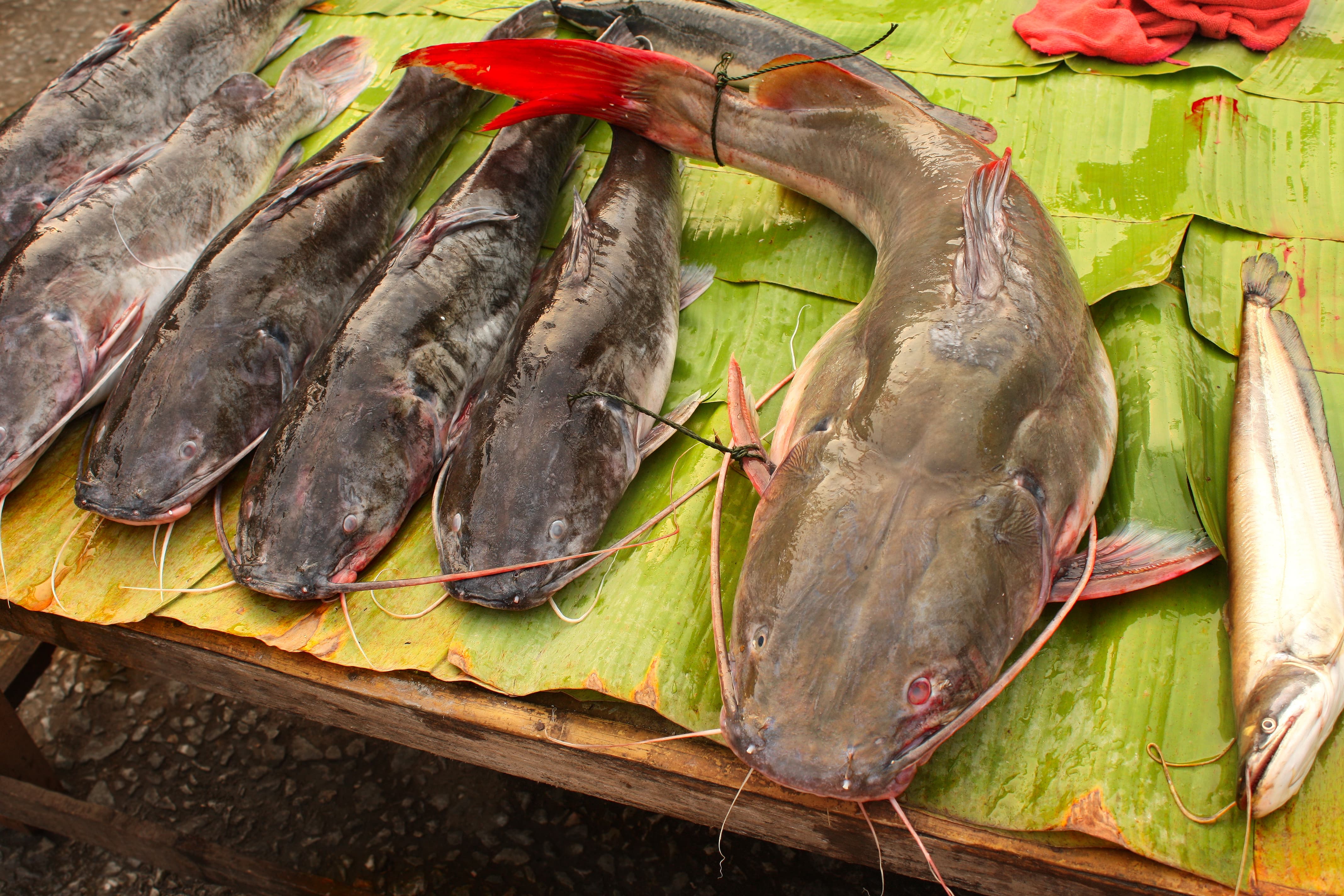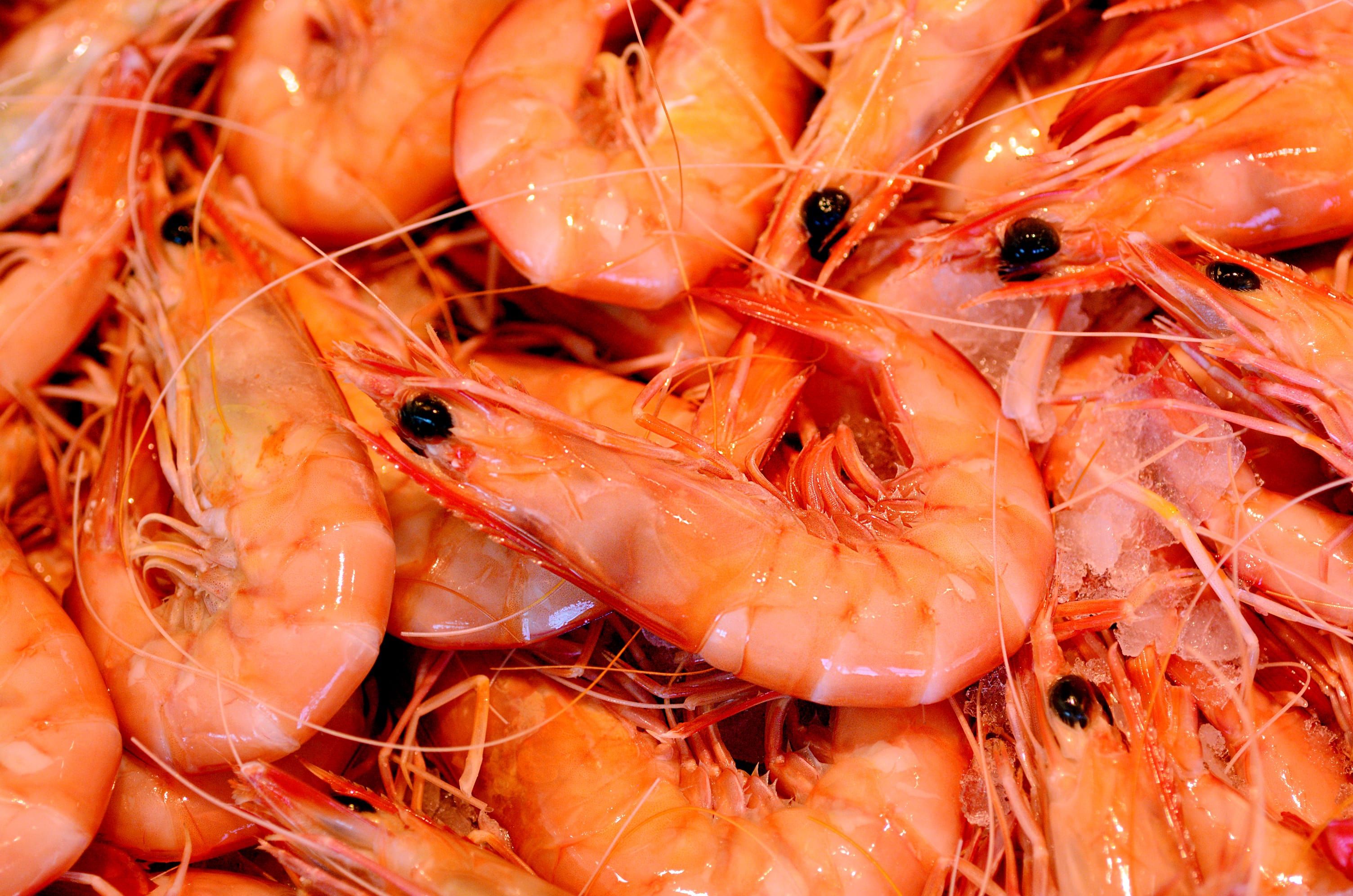Prices of Vietnamese Seafood Plummet as Novel Coronavirus Halts Exports to China
Prices of Vietnamese seafood have been decreasing in the domestic market right before Lunar New Year in late January and are expected to remain low for the near future as China is closing its export gate with the onset of the novel coronavirus. According to the Vietnam Association of Seafood Exporters and Producers (VASEP), the export of aquatic products to China was down by 45% in January to USD 51.5 million.
This is a major blow to Vietnamese seafood suppliers, as China is the largest importer of Vietnamese seafood, accounting for 31% of exports, worth USD 622.7 million last year alone.
Prices are expected to go up again as domestic demand increases due to the lower prices and producers adjust their supply according to the demand. However, prices are not estimated to be as high as before the effects of the Coronavirus.

Lobster and Catfish Prices Decrease
Lobster prices were already decreasing before Tet, Vietnamese Lunar New Year, as food consumption in pubs declined due to the recent implementation of a stricter ban on drunk driving, leading to fewer people visiting pubs, where a lot of seafood is consumed. Prices fell even sharper with the onset of the Tet holiday as lobster exports to China halted until further notice. Prices of cotton lobster were at USD 51.72 per kg, baby lobster at USD 21.55-25.86 per kg, and Alaska lobster prices are at USD 47.41.
Prices for raw catfish, also known as pangasius, also fell by over 42.6% in mid-February compared to the same period last year in the Mekong Delta, one of the most important fishing regions in Vietnam. This is a drop of approximately USD 0.84 per kg.
The recent virus outbreak is thought to have fueled an already existing problem in the industry. According to the FAO, while Vietnam continues to be one of the top exporters of the fish, the growth in production is a menial one compared to other countries such as Indonesia, Bangladesh, India, and China, as its exports are reliant on specific Asian markets.
This makes Vietnamese catfish suppliers extremely dependent on demand from a small number of regions, which is how the halt of Chinese catfish imports, Vietnam’s biggest importer, has had an immediate impact on Vietnamese exports.

Crab Prices Start Turning Upward After Hitting Low Point
Fortunately for crab suppliers, prices for a few varieties of crabs have started to rise again after a long period of low prices, although they are still lower compared to pre-coronavirus prices. While this price increase can be attributed to the adjustment of supply and stabilization of prices, it is unclear currently whether the prices are in the midst of fluctuating.
Before and during Lunar New Year, crab prices had been increasing at VND 400- 600K (USD 17.21-25.82) per kg for mud crabs and VND 250-400K (USD 8.61-17.21) per kg for crab meat.
However, from the Tet holiday to early February, prices fell drastically by almost two-thirds and reached VND 170-220K (USD 7.31-9.47) per kg for mud crabs and VND 150-170K (USD 6.45-7.31) per kg for crab meat. King crabs that previously cost more than USD 86.2 per kg currently cost approximately USD 65.65 per kg.
The price of Ca Mau crabs also decreased by 50% compared to pre-Tet holiday prices. Sea crab prices were around USD 10.75 per kg. Tile crabs - the most sought-after kind in Ca Mau - were purchased by traders at USD 13.76 USD per kg. High-quality Type 1 class crabs cost USD 10.75 per kg. All these prices are significantly lower than the average for this period.
As of now, the price of mud crab is back up at USD 10.75 - 11.61 per kg and crab meat prices are at USD 9.89 - 10.75, still lower than the prices before the virus hit despite the slight price increase.

Tuna and Shrimp Prices Relatively Stable
China is also one of the eight biggest tuna import markets for Vietnam. Its imports increased by nearly 4% at USD 15 million during 2019 and are expected to continue rising in 2020 according to VASEP. While tuna prices, for now, have not been overly affected by the halt in exports, there were increases in logistics costs for businesses due to unsold inventory as exports have been delayed since January. Additionally, China is also a major source of raw tuna material for Vietnamese processing factories and the limits on trading have led to a shortage of raw materials.
Prices of shrimp, a major seafood commodity for Vietnam, have also remained stable compared to other seafood products. This is attributed to the existing demand for consuming shrimp in either fresh or frozen form as opposed to crabs or lobsters, which are preferred to be bought fresh. Whiteleg shrimp in Mekong Delta were VND 80K (USD 3.44) per kg, Black tiger shrimp VND 150K-155K (USD 6.45-6.67) in early February. While prices are estimated to temporarily decrease as shrimp exports to China halt, one of its top 5 importers, it is expected to stabilize again as suppliers adjust their quantities accordingly.

Potential Market Expansion Destinations for Vietnam
While early 2020 was a difficult season for Vietnamese seafood exports and prices, this could also act as a turning point for the country to diversify its export markets. Vietnam has already begun working with the Indian government to promote trade of agricultural and aquatic products, especially dragon fruits and basa fish, a type of catfish.
Vietnam could also continue to increase tuna exports to the US in 2020, as the second-biggest tuna-supplier to the country. Consumption of Vietnamese tuna in the US rose to USD 316 million in 2019 as the US-China trade war impacted trade and US tuna importers turned to alternative sources.
Furthermore, the EVFTA between the EU and Vietnam has officially been ratified on February 12, 2020, and will take effect in July 2020. Fish and fish products from Vietnam will be eliminated from import duties over the next 3 to 7 years after the initiation date. This is a great incentive for Vietnam to enlarge its export volume of catfish and shrimp, their top products, as well as other kinds of seafood.
As for the current situation, Vietnam also has a chance to increase exports to traditional importers of Chinese shrimp that are currently lacking supplies, such as the US, Japan, and Europe.
Sources
- Vietnam Plus. Translated from Vietnamese. "Farm produce prices slump as COVID-19 hits exports."
- Cong Thuong. Translated from Vietnamese. "Export promotion to Indian market: Timely solution to difficulties."
- CAFEF. Translated from Vietnamese. "VASEP: The coronary disease may cause difficulty in tuna ingredients."
- Haiquan Online. Translated from Vietnamese. "Influence on export, pangasius price decreased by nearly half."
- Chung Khoan. Translated from Vietnamese. "Tuna exports to the US increased sharply."
- CAFEF. Translated from Vietnamese. "Best sea crab in Ca Mau dropped by half due to corona outbreak."
- CAFEF.Translated from Vietnamese. "Crab prices rebounded after a period of no brake prices."
- VN Express. "Coronavirus halts shrimp exports to China."
- Business Standard. "Coronavirus effect: Shrimp exports to decline on weakening global demand."
- Vinanet. Translated from Vietnamese. "Seafood information week to February 9, 2020."

